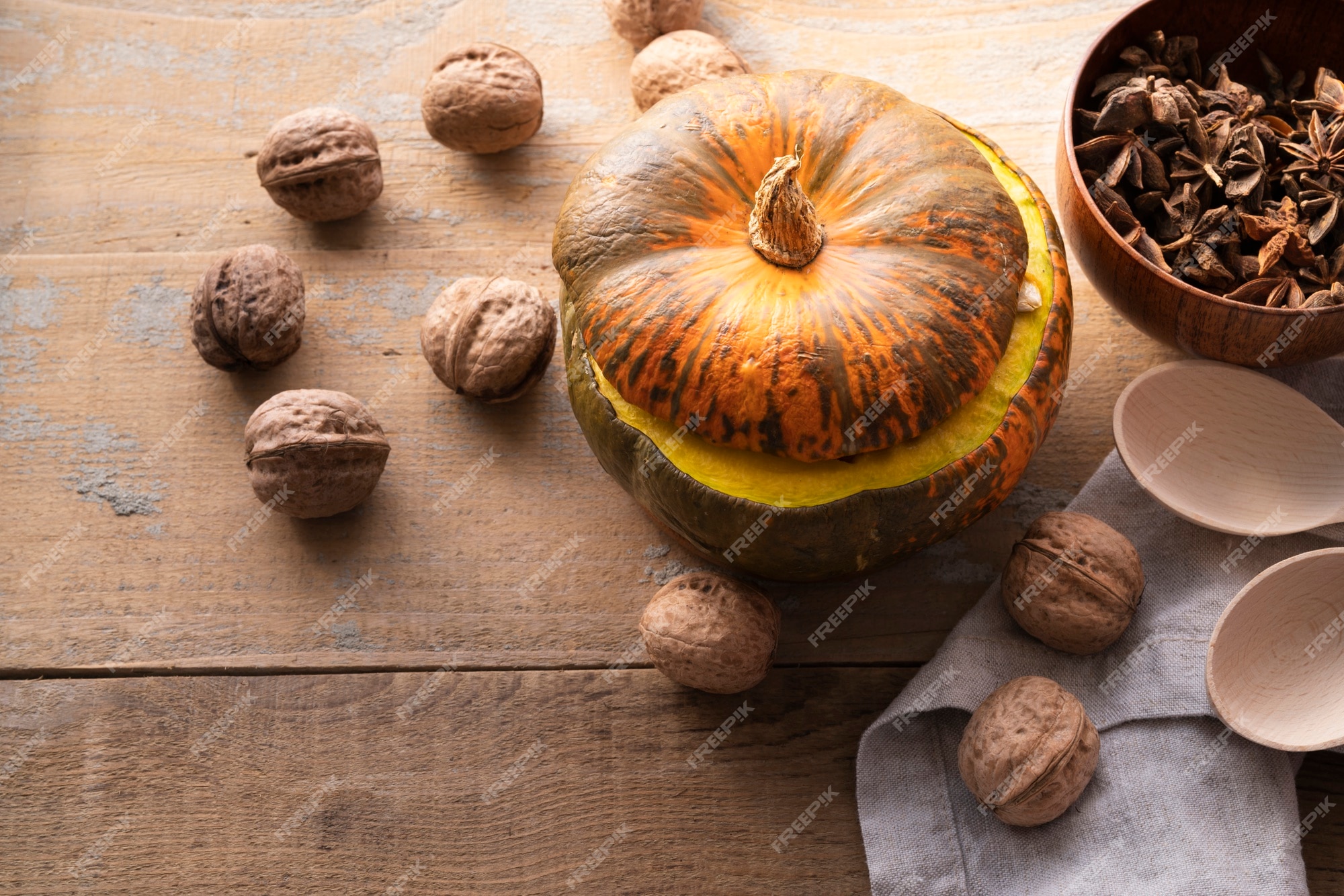
Introduction
Pumpkins, a staple of fall cuisine and decoration, can bring joy to many. However, for some individuals, pumpkins can trigger allergic reactions that range from mild discomfort to more severe symptoms. In this article, we will delve into the various symptoms of pumpkin allergies, the underlying causes, and how to manage and prevent these reactions.
Understanding Pumpkin Allergies
What Are Pumpkin Allergies?
Pumpkin allergies occur when the immune system reacts negatively to proteins found in pumpkins. These proteins, usually harmless, are mistakenly identified as harmful invaders, leading to the release of histamines and other chemicals that cause allergic symptoms.
Common Pumpkin Allergy Symptoms
- Skin Reactions: Itchy skin, hives, or eczema are common allergic responses. Contact with pumpkins or consuming pumpkin-containing products can lead to these skin issues.
- Gastrointestinal Distress: Nausea, vomiting, and diarrhea might arise due to pumpkin allergies. These symptoms typically occur after ingestion.
- Respiratory Issues: Runny or stuffy nose, sneezing, coughing, and even shortness of breath can manifest in individuals sensitive to pumpkins, particularly when exposed to pumpkin particles in the air.
Unraveling the Causes
The Role of Proteins
The primary culprits behind pumpkin allergies are proteins like “Curcurbitin” and “Vicilin.” These proteins can trigger immune responses in susceptible individuals.
Cross-Reactivity
People with existing allergies to certain pollens, such as ragweed, might experience cross-reactivity with pumpkins. This means that the immune system recognizes similar proteins in both allergens, leading to pumpkin-related allergic reactions.
Managing Pumpkin Allergies
Allergen Avoidance
The most effective approach to managing pumpkin allergies is avoiding exposure. This includes refraining from consuming pumpkins or pumpkin-based products and taking care to limit skin contact.
Reading Labels
For individuals with pumpkin allergies, carefully reading food labels is crucial. Many processed foods contain pumpkin as an ingredient, even in trace amounts. Familiarize yourself with ingredient lists to make informed choices.
Preventing Pumpkin Allergic Reactions
Patch Testing
If you suspect a pumpkin allergy, consult an allergist. They might recommend patch testing to confirm the allergen. This involves placing a small amount of pumpkin extract on the skin to observe any adverse reactions.
Substitutes and Alternatives
If you’re allergic to pumpkins, you can still enjoy fall flavors by using substitutes like sweet potatoes or butternut squash in recipes that call for pumpkins.
Conclusion
While pumpkins symbolize the warmth of autumn, for some, they can lead to unwelcome allergic reactions. Recognizing the symptoms, understanding the causes, and knowing how to manage and prevent pumpkin allergies are crucial steps to ensure a comfortable and enjoyable pumpkin season.
FAQs About Pumpkin Allergies
- Can pumpkin allergies be outgrown? While some children may outgrow pumpkin allergies, it’s important to consult an allergist for proper assessment.
- Are there any hidden sources of pumpkin allergens? Yes, pumpkin can sometimes be found in unexpected places, such as processed foods and cosmetics.
- Can cooking pumpkins eliminate allergens? Cooking can alter the proteins in pumpkins, potentially reducing their allergenicity. However, this might not eliminate reactions for all individuals.
- Are there any medications to treat pumpkin allergies? Over-the-counter antihistamines can help alleviate mild pumpkin allergy symptoms, but consult a doctor for severe reactions.
- Is pumpkin seed allergy common? Pumpkin seed allergies are less common than pumpkin flesh allergies but can still occur. Cross-reactivity might also play a role in seed allergies.










